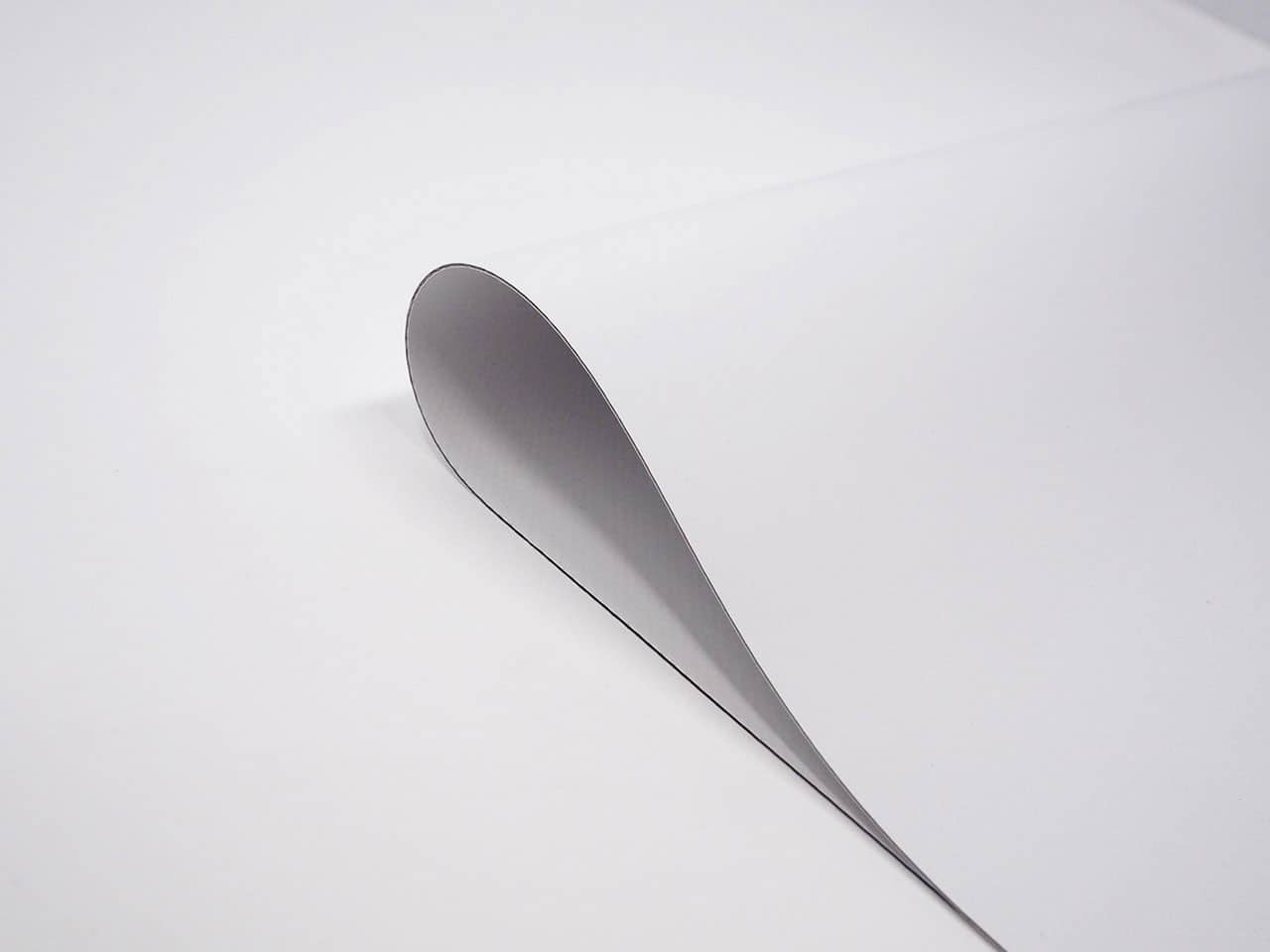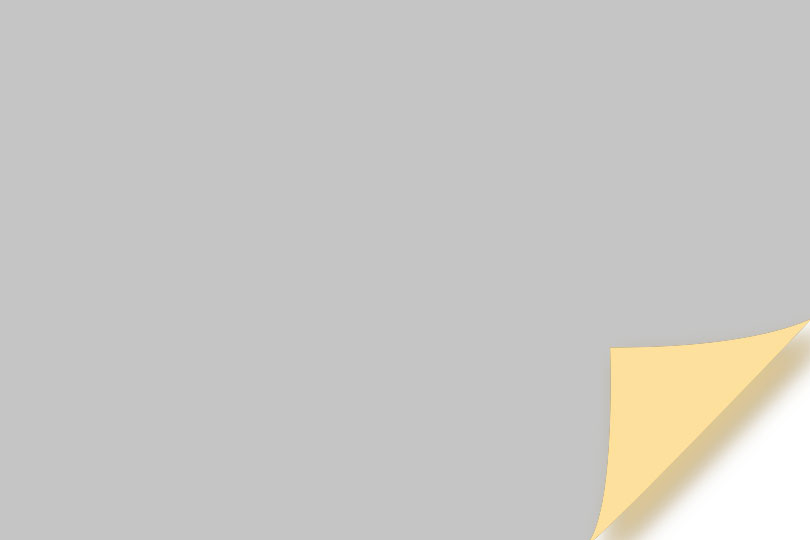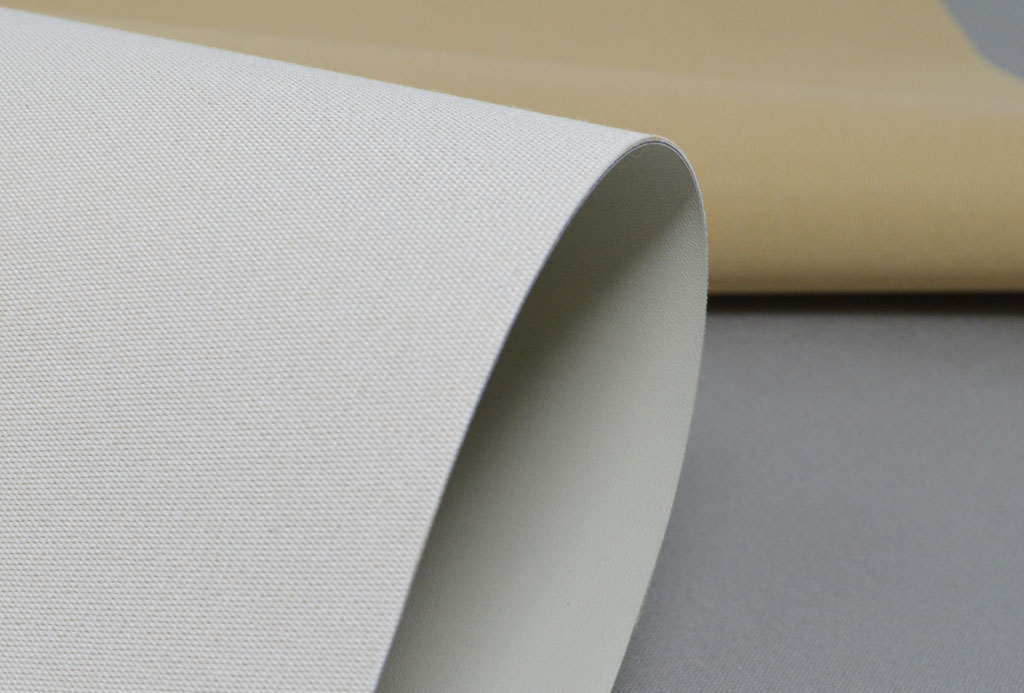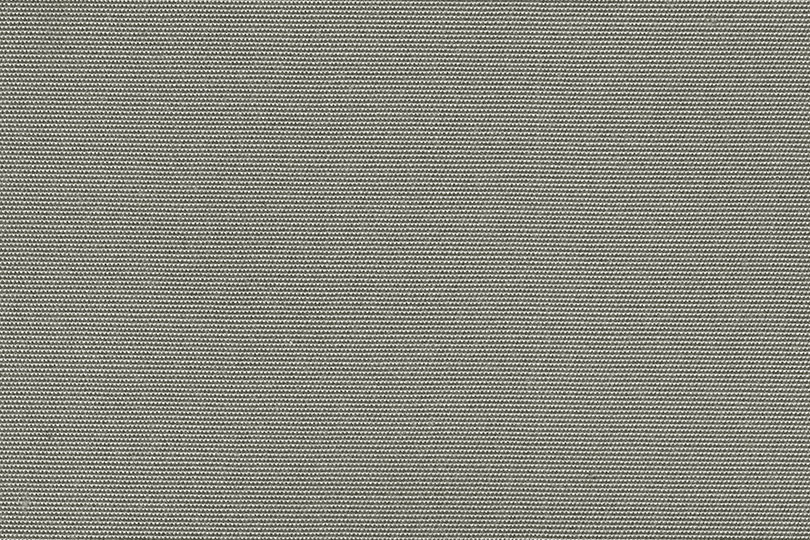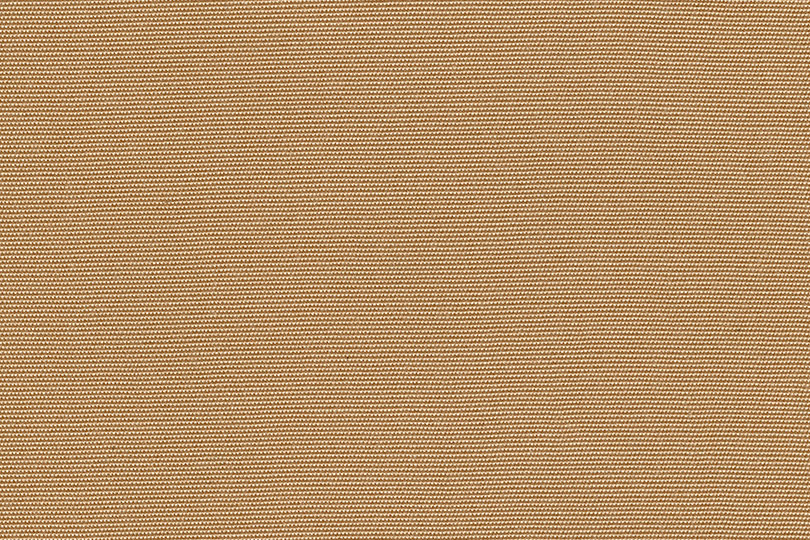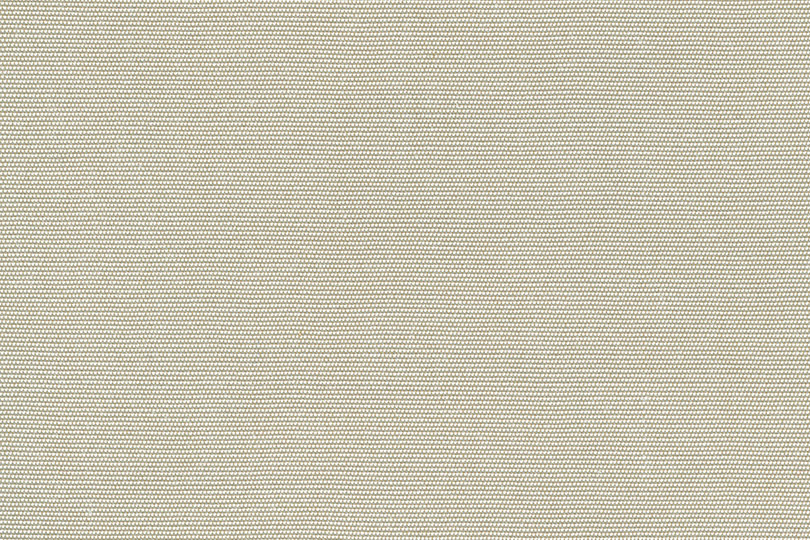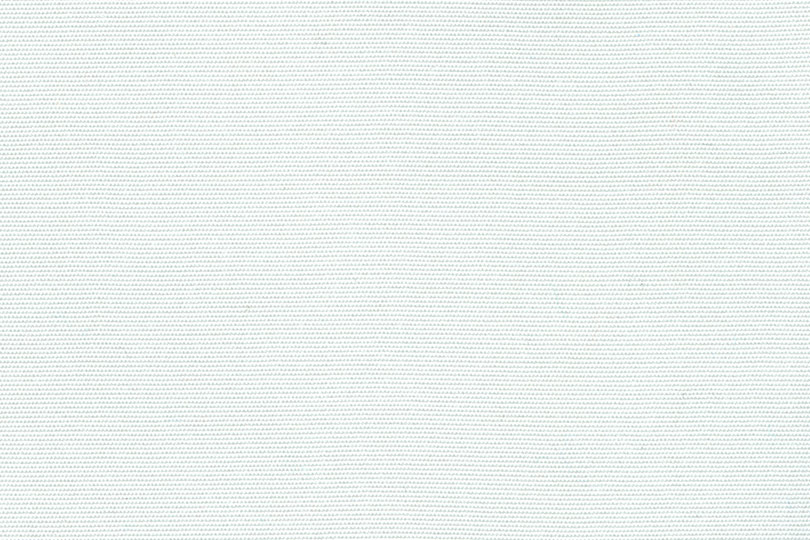Advantages
RecScreen 5000P
![]() Sun Protection
Sun Protection
High resistance to sunlight
![]() Can’t Rot
Can’t Rot
Weather Resistant
![]() Printable
Printable
Wide variety of colors
RecScreen 5000P is a Screen fabric made of thick yarns with Panama weave (mat 2/2). It has a medium-high openness factor (10%), which provides a good visual comfort while allowing an adequate outside view. It is a product specially designed to use in curtains and large spaces. Its open structure and weight fits perfectly. It is suitable for any application without tensions, both indoors and outdoors.
RecScreen® fabrics are technical fabrics designed to control solar radiation, made of PVC coated polyester yarns.
RecScreen® is the perfect solution for a wide range of indoor and outdoor curtains, awnings and shading elements.
The RecScreen® fabric is designed to:
- Filter sunlight, reducing glare effect.
- Increase privacy, allowing outward visibility.
- Energy-saving, reducing air conditioning consumption.
- Avoid fading of interior decorative fabrics (upholstery, carpets, etc.).
RecScreen® fabric effect on the transmitted solar radiation depends on:
- Fabric mesh weight, defined by its Opening Factor (OF).
- Fabric thickness.
- Fabric color.
Properties
Advantages and benefits
Applications
Safety, health and environment
Warranty
RecScreen® yarns composition
RecScreen® fabrics are made of PVC-coated high tenacity polyester yarns.
Those yarns are manufactured in our facilities located in Sant Jordi de Cercs (Barcelona) and woven in our factory in La Pobla de Montornés (Tarragona), controlling the manufacturing process and applying criteria for quality assurance.
In RECASENS we use two types of yarn, one thick and one thin, which combined, allow to achieve different openness factor and textures, which makes RecScreen® fabrics highly versatile, ideal for making different types of curtains, awnings, roller blinds for inside and outside applications.
Advantages of RecScreen® yarns
All RecScreen® fabrics are made of high tenacity polyester yarns which has significant advantages over the common fiberglass yarn:
- Polyester yarn is more flexible than fiberglass yarn. Polyester screen yarn have a higher resistance to bending and torsion than the fiberglass screen yarn, for this reason, polyester screen fabric never breaks by fatigue.
- High tenacity polyester yarn ensures a perfect fixing of PVC. PVC and polyester by having similar elastic behavior versus temperature, rather than fiberglass and PVC, do not cause the appearance of fringes in core yarn cut.
Advantages RecScreen® fabrics
- High mechanical strength, both tensile and tear.
- Excellent weather resistance. Fabric does not degrade and perfectly holds color.
- The yarn used in the manufacture is from cylindrical section, achieving an excellent rolled performance, preventing lateral displacement of the fabric.
- Fabric is absolutely odorless.
- Easy handling. Allows bend and weave, shaping the fabric without leaving marks.
- High memory. The resilience of RecScreen® always offer an unbeatable initial appearance.
- Excellent shear behavior. The RecScreen® structure does not fray. It can be cut with cutting machines “crush-cutting”, ultrasound or laser cutting. The resulting cut is clean and ready to use, so it is not necessary to put reinforcements, hems, or apply any lacquer.
- Easy welding. Perfect adherence is achieved with all kinds of welding machines. Suitable for joints with sewing machine.
- Very good dimensional stability.
- Fireproof. Certified M-1 and CLASS-1 (UNE-EN 13773:2003).
- Free of lead. Contains no harmful substances to human body.
- Anti bacteria and mold resistant due to the special formulation of the PVC coating.
- Different Openness Factor for optimum regulation of the amount of light entering the interiors. Lower Openness Factor, lower incoming light intensity.
- Wide range of colors. In addition to its aesthetic function, color plays a technical function because each color absorbs, transmits or reflects light differently, allowing you to adjust the energy balance of the room.
- Solar Screen. RecScreen® offers high protection to UV harmful rays, varies according to different Openness Factor ,a lower degree of openness entails a greater filtration.
- Visual comfort. Depending on the Openness Factor and the RecScreen® color chosen, you have control over glare, achieving a beneficial effect on visual comfort, avoiding eye strain.
- Energy savings in buildings by allowing regulate loss and gain heat and light. The color, thickness and fabric openness, definitely influence the absorption and loss of light and heat. These factors are crucial for reducing the energy consumption of air conditioning and heating.
- Ventilation. The RecScreen® woven fabric allows air permeability, preventing the formation of a hot air cushion between the glass and the shade or under the awning.
- Three meters width. This measure permits a better use of the RecScreen® fabric, with fewer welds and significant savings in labor.
Maintenance of the RecScreen® fabrics
The RecScreen® fabrics are easy to maintain. The yarn surface is plastic and has no pores, making it difficult for the dirt to stick, being easy to remove.
Usually you could use a sponge with soapy water, rinse with clean water, and let the fabric dry completely deployed.
If the fabric has a lot of dust, it is preferable to remove it first with a vacuum cleaner (with compressed air, it is also possible to blow on the fabric surface, watching distance to avoid fabric damage). Once the dust is removed, proceed to clean with a sponge in soapy water and then rinse with clean water and let it dry completely deployed.
It is very important to never rub the fabric with solvents or abrasives (metal brushes, powdered detergents, etc.) as these products can damage the yarn surface causing small cracks that allow dirt to accumulate in them, being more difficult to remove.
When cleaning window glasses, is recommended to remove or roll up completely the RecScreen® fabric to prevent splashing of chemicals.

